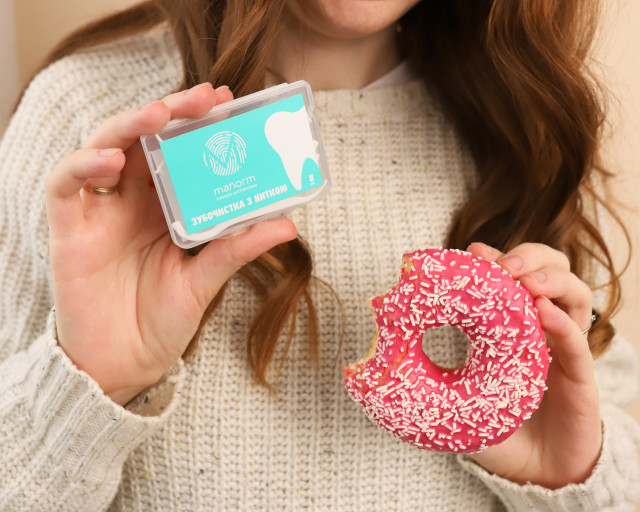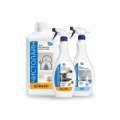Toothpicks: how to choose the right one and use it safely?
varieties, features and rules of use

Content
Toothpicks are very popular devices that help to quickly remove food or food debris from the interdental spaces. Such fragments can cause significant discomfort, especially in case of gum disease. In addition, food that remains in the mouth after eating increases the risk of tooth decay. Therefore, its timely removal is very important for health. But choosing toothpicks is not the easiest task, because there is a huge range of such products on the market. What details do you need to pay attention to? And what should you choose?
A little about the history of toothpicks
Historians are sure that toothpicks became the first hygienic tools of our ancestors. At first, their role was played by fish bones, sharp thorns of plants, wood chips and other improvised objects. However, about 5,000 years ago, special instruments for cleaning the interdental space began to be made in Sumer.
As mankind developed, more and more ideas for creating such products appeared. In particular, after the discovery of metalworking skills, metal toothpicks gained popularity. And in ancient Egypt, the nobility actively used gold items for this purpose - they were discovered during excavations of Egyptian burials. The ancient Romans, in turn, always had a hygiene kit with them. It was worn on the belt and necessarily included a toothpick along with other important accessories.
Varieties of toothpicks
There are different classifications for toothpicks. Depending on the material, manufacturers offer:
- Wooden toothpicks Disposable products – they should be thrown away immediately after use, as pathogenic microorganisms that are in the oral cavity can actively multiply in their pores. Repeated use of such products is fraught with inflammation of the gums. Also, when actively used, toothpicks can delaminate and injure tissues (like splinters), so it is better to give preference to high-strength materials, for example, made of bamboo or oak.
- Plastic toothpicks These are more hygienic products that can be reused – you just need to wash them after use. But they are not always able to withstand loads - they can bend or break under intense pressure. To increase the strength of such products, manufacturers make them triangular in cross-section.
- Metal. The strongest and most durable, but at the same time expensive and inaccessible (you can not buy them in every store). In addition, they need to be used very carefully so as not to injure the gums and teeth.
Optional extras
To remove food debris from the interdental spaces as efficiently as possible, manufacturers produce advanced toothpicks. The most popular models look like large toothpicks with two functional ends. One is a sharp end, and the other is a slingshot with a stretched floss (dental floss). Floss toothpicks are made of plastic. They have many advantages over conventional toothpicks:
- removal of large pieces of food;
- cleaning plaque from the interdental surface.
Flossing toothpicks are a good alternative to regular dental floss in places where there are no conditions for its use. They provide a more detailed cleaning of the teeth than ordinary wooden or plastic toothpicks.
Manufacturers are trying to increase the functionality of such products even more. In particular, the following are very popular:
- Children's toothpicks – have bright colors, fit comfortably in the hand, can be used by both parents and growing children. Since many babies have very crowded teeth, cleaning the interdental spaces plays an incredibly important role in preventing tooth decay. And toothpicks and dental floss really help prevent plaque buildup, pathogenic activation, and tooth decay.
- Toothpicks with refreshing floss. These products not only remove plaque and food residues, but also freshen your breath. Of course, they cannot be considered as an alternative to a full-fledged teeth cleaning, but they help to avoid embarrassment when communicating with other people.
- Toothpicks with flexible design These models can bend slightly in the middle, making it easier for the user to access hard-to-reach areas. At the same time, even a significant bend does not lead to damage to toothpicks - they do not break, so they cannot injure tissues.
How to use toothpicks?
Of course, in order for a toothpick to be only beneficial, you need to use it wisely. In particular, it is recommended that:
- use such a product within the first half an hour after meals;
- use a toothpick carefully so as not to damage the integrity of the gums;
- hold the toothpick at a 45-60° angle;
- rinse your mouth after the procedure is complete.
Of course, according to the rules of etiquette, you should retire to the bathroom to use a toothpick. Do not extract food from your teeth in front of other people.






